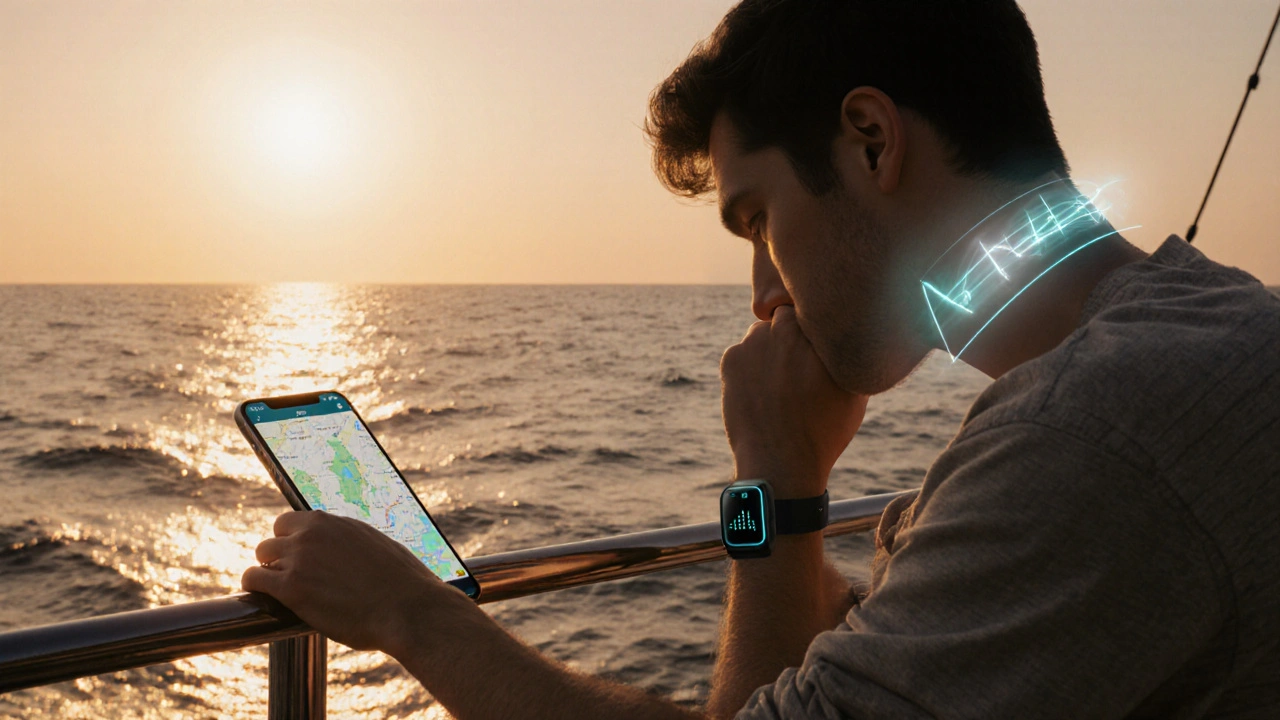Motion Sickness Prevention: Your Complete Guide
When dealing with motion sickness prevention, the practice of stopping nausea, dizziness, and vomiting caused by movement. Also known as sea sickness avoidance, it mixes medicines, habits, and lifestyle tweaks to keep you feeling steady. Effective motion sickness prevention starts with understanding why your body reacts the way it does.
One key tool is antiemetics, drugs that block the brain’s nausea signals. Common choices like dimenhydrinate or meclizine work fast, especially before a long drive or flight. They’re cheap, over‑the‑counter, and work best when taken 30 minutes before travel. Pairing them with proper hydration boosts their effect and reduces the chance of a delayed reaction that can ruin a trip.
The root cause often lies in the vestibular system, the inner‑ear network that senses motion and balance. When the eyes report one thing and the inner ear reports another, the brain gets confused and triggers motion sickness. Simple gaze‑stabilization drills—like focusing on a fixed point while the vehicle moves—train the brain to trust visual input more, gradually lowering the frequency of episodes for frequent travelers.
For longer journeys, many rely on scopolamine, a prescription patch that releases medication through the skin. A single patch can last up to 72 hours and cuts down nausea without the drowsiness that oral pills sometimes cause. It’s particularly useful for cruises or cross‑country road trips where frequent dosing isn’t convenient. Always check with a pharmacist if you have glaucoma or a history of dry eyes, as scopolamine can worsen those conditions.
If you prefer a natural route, ginger, a root known for its anti‑nausea properties, is a solid option. Ginger tea, capsules, or chews provide mild relief and have virtually no side effects. Clinical trials show about 60 % of participants feel better after a dose taken 15 minutes before exposure. Combining ginger with a light snack—like crackers—creates a double‑shield effect that many hikers swear by.
Beyond meds and supplements, behavioral tricks help a lot. Sitting in the front seat of a car, looking at the horizon, or keeping your head still can keep the vestibular system from overreacting. Light, bland snacks, avoiding alcohol, and using cool air fans are simple habits that reduce stomach upset. Some people find that wearing polarized sunglasses to reduce visual motion cues eases their symptoms dramatically.
What You’ll Find Below
The articles that follow dig deeper into each of these approaches. You’ll see side‑by‑side drug comparisons, step‑by‑step vestibular exercises, ginger dosage guides, and real‑world stories from travelers who beat motion sickness on cruises, road trips, and even virtual reality rides. Use the insights to build a personalized plan that keeps you comfortable no matter where you go.
